Well, the getting out of the growing business thing is not going well at all and I’ve had to come to grips with the fact that that I still need to grow native plants, though certainly not for the financial rewards. Ha! But more for the trips into the hills to collect seed and to collect the stories that come with them.
Anyway, epazote (Chenopodium ambrosiodes), the plant jabbered about in this show, is originally from tropical America, but is naturalized in North America, not to mention Europe and Asia. I remember reading in one of Diana Kennedy’s cookbooks how she had found it in Central Park in New York City. And while perusing a Rick Bayless cookbook…I couldn’t be the only person that likes to sit and read cookbooks…he too noted how easily it was found as a weed across the US. So, for goodness sake, I guess it shouldn’t have been such a surprise to find it growing along the banks of the Ol’ Guajolote. If you have every grown it, then it’s easy to see how it spread across the world as you will find it somewhere in your garden or yard for the rest of your life. Not a bad thing I guess.
A couple notes: the photos are mine and taken along the banks of the Ol’ Guajolote. And I have and still use Diana Kennedy’s Recipes from the regional Cooks of Mexico and Rick and Deann Bayless’s Authentic Mexican, Regional Cooking from the Heart of Mexico, where I glean all sorts of excellent information about herbs and spices and yes, recipes.
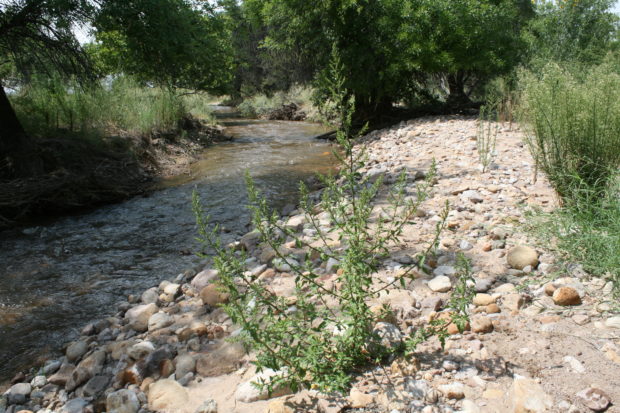
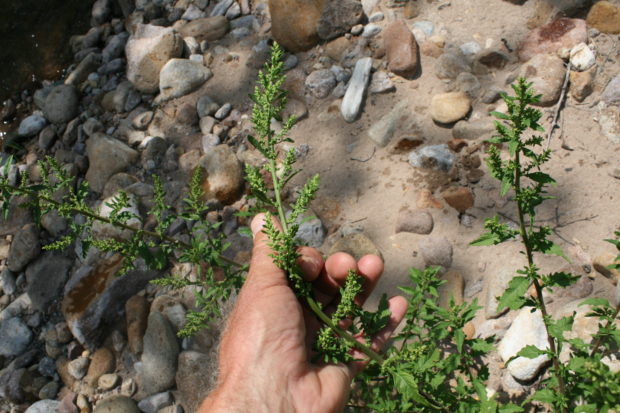
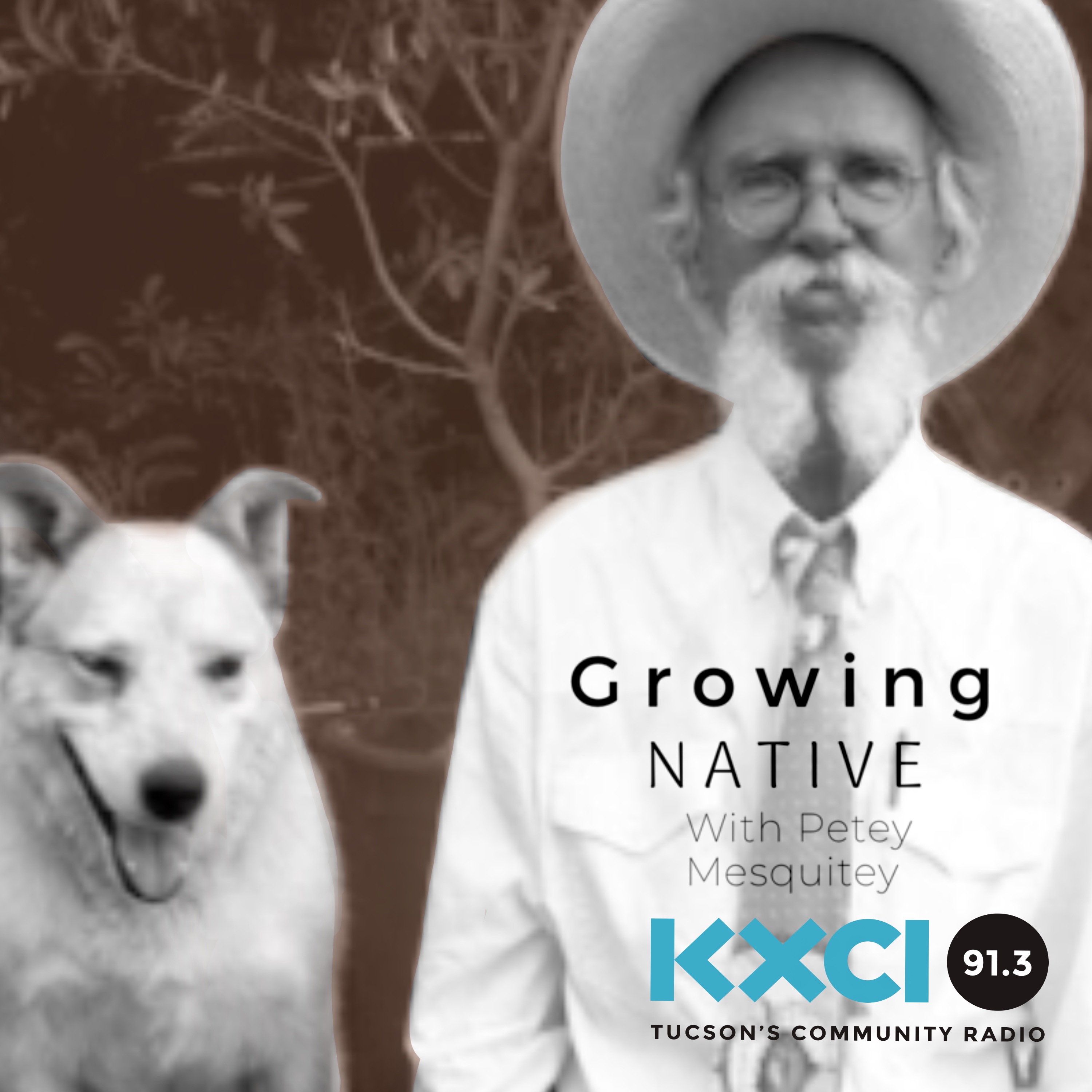
It’s hard to believe I didn’t mention the beautiful color of the trunks and branches of manzanita. I must have just assumed everyone knew...
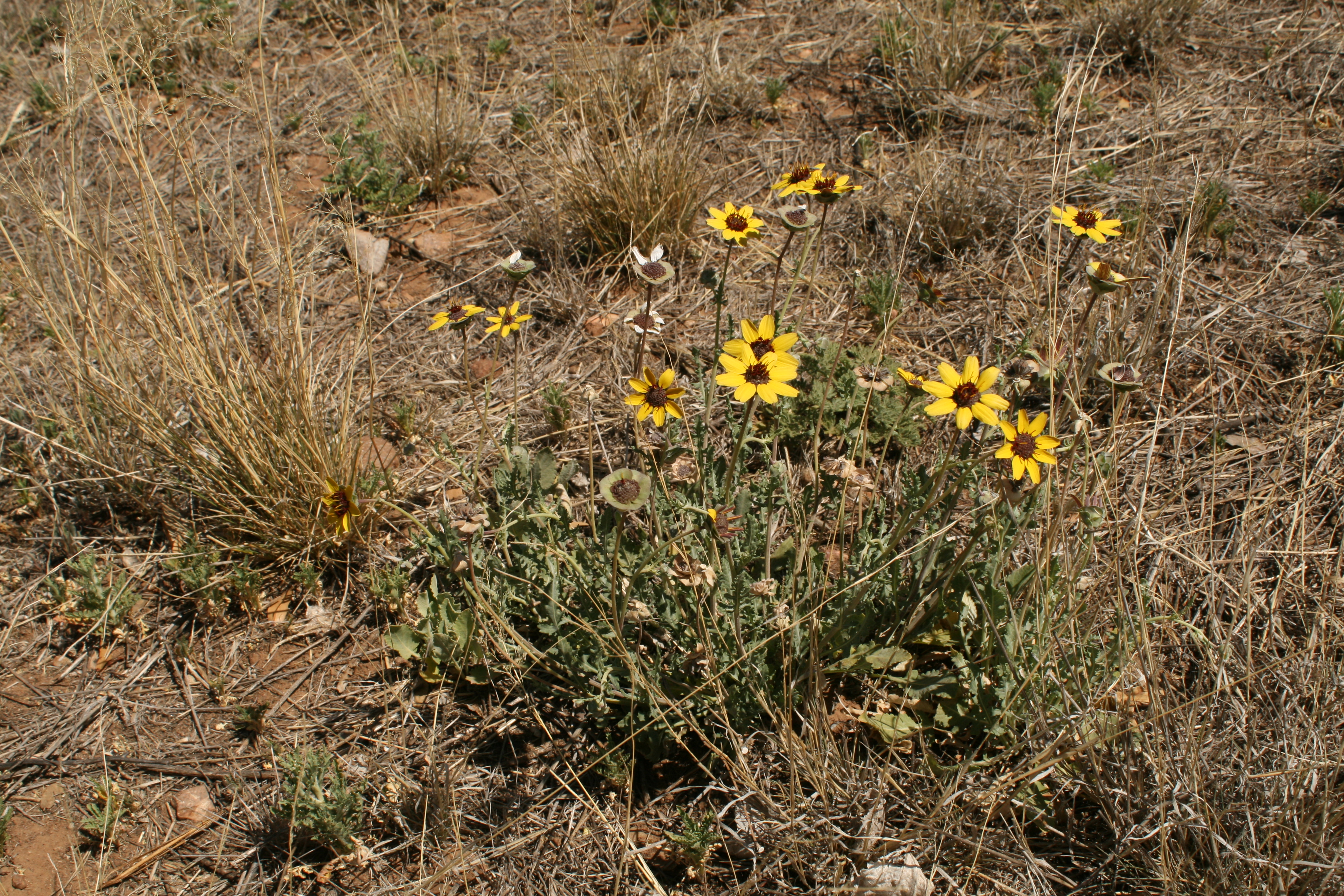
The common name of chocolate flower refers to the surprising chocolate fragrance of the flower. Another common name I came across is lyreleaf greeneyes....
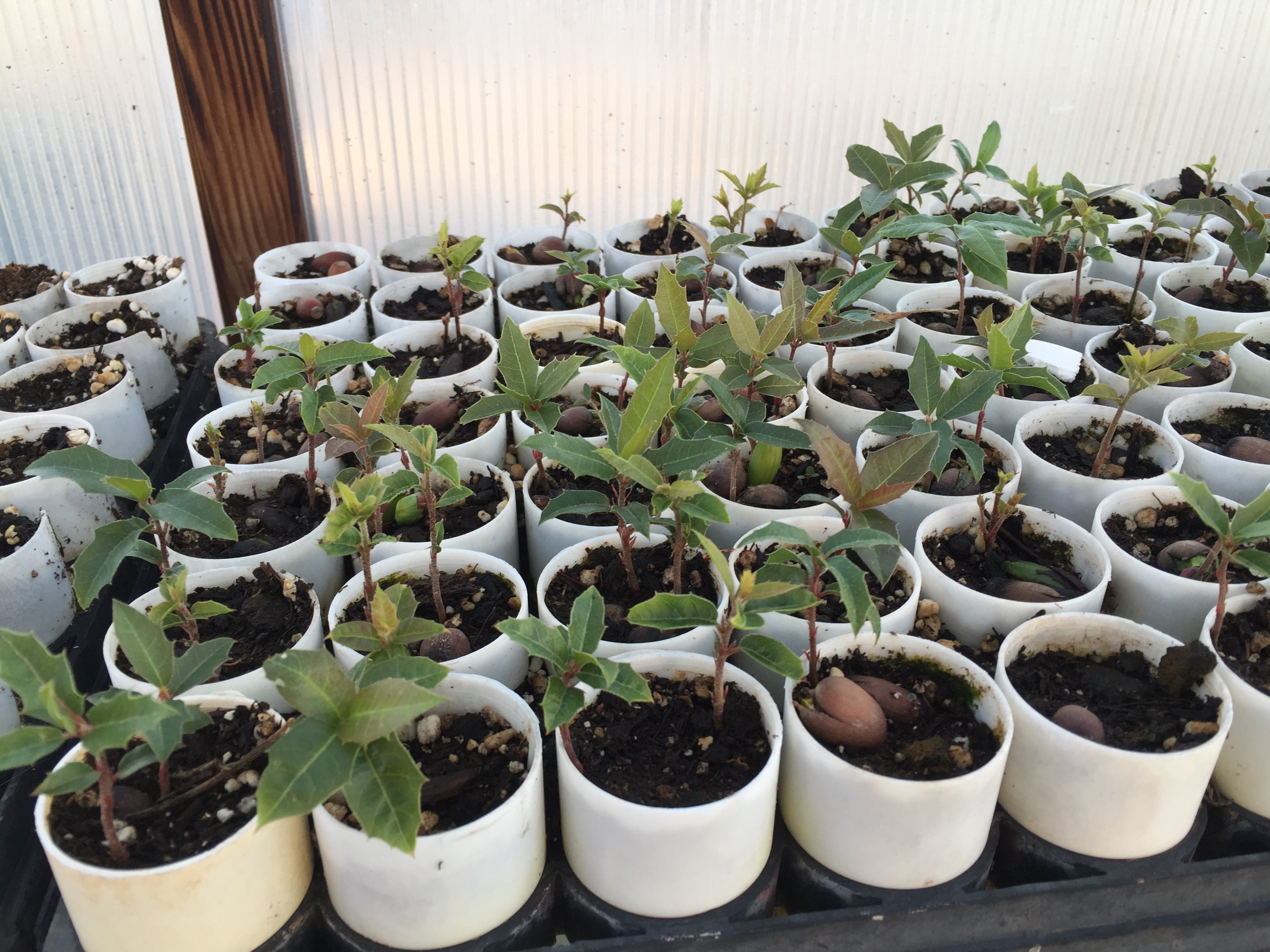
At one point when I was reading about the age of water I came across some research indicating that some of the water molecules...